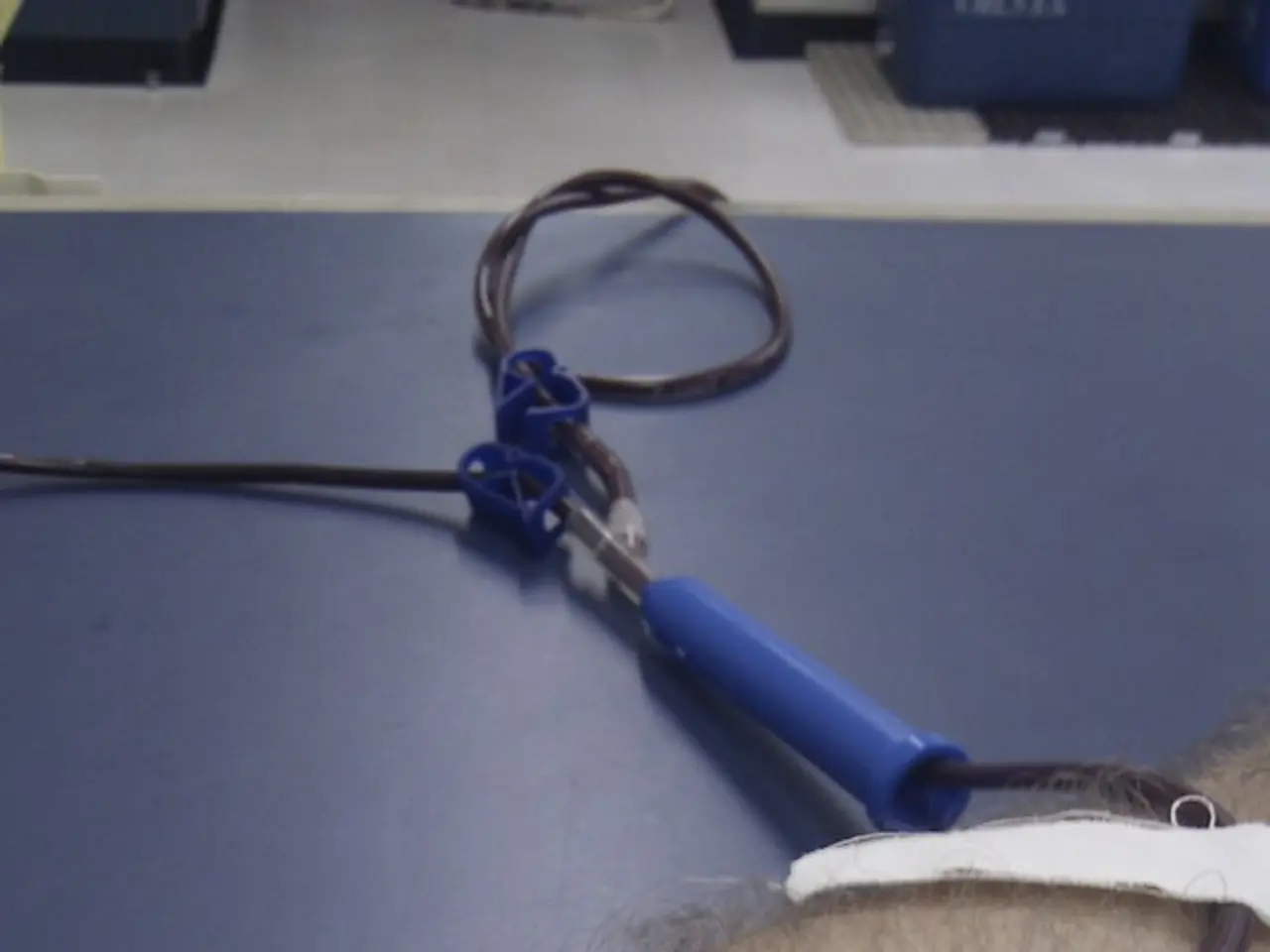Potentially Harmful Substances: Ranging from Bladder Issues to Eye Damage
In a series of lawsuits, women who have used Elmiron, the only FDA-approved oral medication for treating interstitial cystitis, are claiming that manufacturer Janssen Pharmaceuticals purposefully withheld information about the drug's potential vision-related risks and refused to pull it from the market.
Thousands of lawsuits allege that Janssen Pharmaceuticals failed to warn patients about these potential risks, indicating shortfalls in risk communication and post-approval monitoring. The emergence of vision-related risks highlights that while FDA approval aims to mitigate risks upfront, some safety issues may only become clear with real-world use.
The FDA's approval process involves clinical trials to evaluate safety and efficacy before market authorization. However, some adverse effects may only emerge after broader, long-term usage in the general population. The FDA relies on mechanisms such as advisory committees, post-market surveillance systems, and regulatory actions post-approval to detect previously undisclosed risks.
However, conflicts of interest and industry influence in FDA advisory meetings can raise concerns about the thoroughness of safety evaluations. Additionally, undisclosed protocol changes or delayed risk disclosures by manufacturers can hinder timely risk assessment.
In the case of Elmiron, the American Academy of Ophthalmology linked the drug to serious eye damage and vision problems in 2018. A study by the Academy showed that nearly 25% of patients suffered vision problems after taking Elmiron over a long period.
The FDA approved Elmiron in 1996, but the drug label initially stated "Warnings: None." As of 2020, at least 234 Elmiron cases have been filed across different federal district courts. In 2020, the FDA approved safety-related labeling changes for Elmiron, updating the "Warnings and Precautions" and the "Adverse Reactions" sections to include retinal pigmentary changes as potential adverse reactions.
Patients who took Elmiron for years and were later diagnosed with vision damage have turned to the law and filed Elmiron lawsuits, seeking medical monitoring and vision exams for users. The injuries suffered by these women take the form of vision-related side effects such as pigmentation macular degeneration, wither pigmentation maculopathy, retinal maculopathy, pigmentation maculitis, and dry macular degeneration.
Up to 8 million women in the U.S. possibly suffer from interstitial cystitis, and many more claims are expected to materialize. As the cases continue to mount, questions about the FDA's role in ensuring drug safety and the responsibility of manufacturers to disclose all known risks remain at the forefront.
References:
- Elmiron Lawsuits
- FDA Approval Process
- Conflicts of Interest in FDA Advisory Meetings
- Elmiron and Eye Disease
- Undisclosed Protocol Changes and Delayed Risk Disclosures in Biotech Controversies
- The health-and-wellness industry, particularly medical-conditions like interstitial cystitis, has seen controversy regarding Elmiron, the only FDA-approved oral medication.
- Vision-related risks associated with Elmiron have sparked numerous lawsuits against Janssen Pharmaceuticals, indicating inadequate risk communication and post-approval monitoring within the science of medical-conditions and therapies-and-treatments.
- Concerns about undisclosed protocol changes and delayed risk disclosures by manufacturers, as well as the impact of conflicts of interest and industry influence in FDA advisory meetings, highlight the need for improved wellness, health-and-wellness, and strict medical-condition safety regulations.




